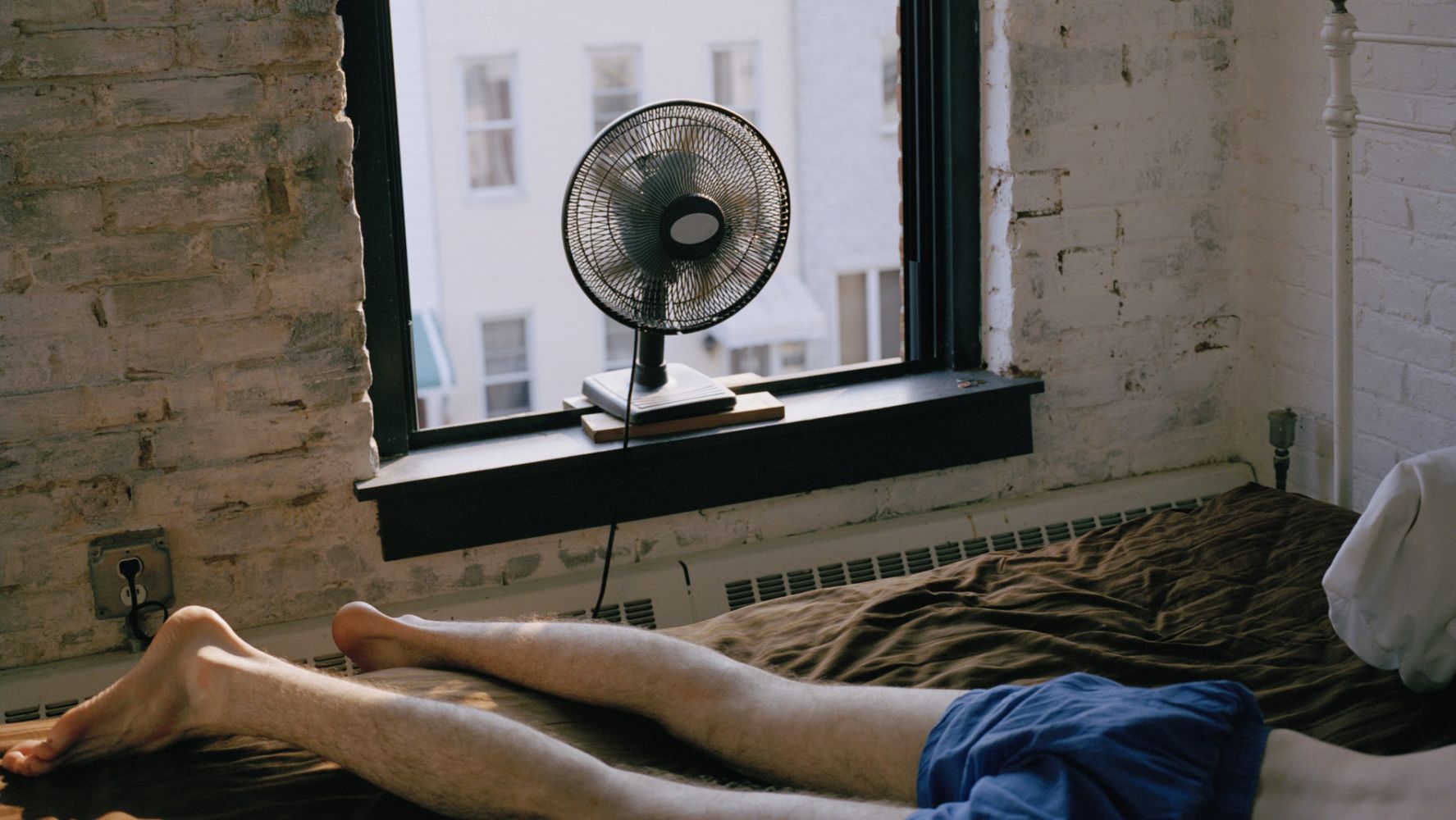

Articles
Why Can’t I Sleep Without A Fan
Modified: February 23, 2024
Discover the science behind why many people rely on a fan for a good night's sleep. Explore our collection of articles on sleeping habits and fan usage.
(Many of the links in this article redirect to a specific reviewed product. Your purchase of these products through affiliate links helps to generate commission for Storables.com, at no extra cost. Learn more)
Introduction
Have you ever wondered why you can’t seem to get a good night’s sleep without the gentle hum of a fan in the background? You’re not alone. Many people find it difficult to fall asleep or stay asleep without the presence of a fan. But what is it about the simple act of having a fan blowing that can make such a difference in our sleep quality?
In this article, we will explore the reasons why some individuals become dependent on sleeping with a fan and the potential benefits and drawbacks that come with it. So, grab a cozy blanket and let’s dive into the world of fans and sleep.
Key Takeaways:
- Embracing the gentle hum of a fan can optimize sleep by regulating temperature, creating white noise, and improving air circulation. However, it’s important to avoid dependency and consider potential drawbacks for a balanced sleep environment.
- While sleeping with a fan can enhance sleep quality, it’s crucial to be mindful of potential risks such as dryness, noise sensitivity, and environmental impact. Exploring alternative sleep strategies and prioritizing healthy sleep habits can lead to restful and rejuvenating sleep.
Read more: Why Cant You Recycle Pizza Boxes
The Role of Temperature in Sleep
One of the primary reasons why sleeping with a fan can be so appealing is its ability to regulate the temperature of your sleeping environment. Our body temperature naturally drops as we fall into a deep sleep, and a cool room can help facilitate this process. When the ambient temperature is too warm, it can cause discomfort and lead to restlessness, making it harder to drift off and stay asleep.
A fan can create a cooling effect by circulating the air in the room, dissipating heat and creating a breeze that helps to evaporate moisture from our bodies, aiding in the body’s natural temperature regulation process. This sensation of coolness can promote relaxation and provide a more comfortable sleep environment.
Furthermore, a cooler room temperature has been shown to have a positive effect on sleep quality. Research suggests that the ideal temperature for sleep is around 60 to 67 degrees Fahrenheit (15 to 19 degrees Celsius). This range helps to optimize the body’s natural sleep-wake cycle, promoting deeper and more restorative sleep.
It’s important to note that the ideal sleep temperature can vary from person to person, and factors such as age, health conditions, and personal preferences can influence what feels most comfortable. However, many individuals find that having a fan blowing in their direction helps to create a cooler and more pleasant sleeping environment.
The Psychological Impact of White Noise
While the cooling effect of a fan is one aspect that contributes to its sleep-inducing abilities, another key factor is the production of white noise. White noise refers to a consistent and steady sound that masks other background noises, creating a soothing and consistent auditory environment.
White noise can help drown out disruptive sounds that may interfere with sleep, such as traffic noise, snoring, or creaking floors. It acts as a blanket of sound, providing a constant and predictable auditory stimulus that can promote relaxation and help individuals fall asleep faster.
From a psychological perspective, white noise can have a calming effect on the mind. It can help divert attention away from racing thoughts or worries, helping to induce a state of relaxation. The consistent sound emitted by the fan can serve as a form of auditory therapy, aiding in stress reduction and creating a sense of security and comfort.
Additionally, white noise can act as a sleep cue, signaling to the brain that it’s time to rest and sleep. Just like how we associate certain scents or bedtime rituals with sleep, the sound of the fan can become a conditioned stimulus that triggers the body’s relaxation response.
It’s important to note that while white noise can be beneficial for many individuals, it may not work for everyone. Some people may find it difficult to sleep with any background noise, while others may prefer alternative forms of sound therapy, such as nature sounds or soft music. As with all aspects of sleep, finding what works best for you is key.
Air Circulation and Comfort
Another reason why sleeping with a fan can enhance sleep quality is the improved air circulation it provides. Stagnant air can feel stuffy and can lead to discomfort, especially during warmer months or in rooms with limited ventilation.
A fan helps to circulate the air in the room, creating a gentle breeze that can promote better air circulation. The movement of air can help prevent the buildup of stagnant air and ensure a constant supply of fresh oxygen. This increased airflow can contribute to a more comfortable sleep environment, reducing the likelihood of waking up feeling hot or suffocated.
Furthermore, improved airflow can have additional benefits for individuals who suffer from allergies or respiratory conditions. A fan can help disperse airborne irritants, such as dust or pet dander, by preventing them from settling in one area. This can reduce the risk of triggering allergic reactions or respiratory symptoms while sleeping.
In addition to the physical benefits, the sensation of a gentle breeze on the skin can also contribute to a sense of comfort and relaxation. Many people find the rhythmic sound and feeling of the air against their skin to be soothing, helping to create a sleep-inducing environment.
However, it’s important to find a balance when using a fan for airflow. Directly facing the fan towards your face can lead to dryness or irritation of the eyes, nose, and throat. Experiment with the positioning of the fan in the room to find a setup that provides optimal air circulation without causing any discomfort.
Dependency on External Factors for Sleep
Sleeping with a fan can lead to a dependency on external factors for optimal sleep. When we become accustomed to falling asleep with a fan on, it can be challenging to transition to a different sleeping environment or when the fan is unavailable.
This dependency may arise due to the psychological association between the fan’s sound and airflow with sleep. Our brains develop patterns and associations, and when we rely on external factors like a fan, we can struggle to sleep without them. This can be inconvenient when traveling or staying in places where a fan is not accessible.
It’s essential to cultivate healthy sleep habits and not solely rely on external factors to induce sleep. Developing a consistent bedtime routine, creating a sleep-friendly environment, and practicing relaxation techniques can help reduce dependence on specific sleep aids.
If you find yourself unable to sleep without a fan, consider gradually weaning off its use. Gradually decrease the amount of time you use the fan each night or alternate nights with and without the fan. This can assist in breaking the dependency and developing a more flexible sleep routine.
Remember that quality sleep should not rely solely on external factors but should be based on creating a conducive sleep environment and adopting healthy sleep habits.
Try using a white noise machine or app to create a similar soothing sound to that of a fan. This can help block out other noises and create a calming environment for sleep.
The Potential Health Benefits of Sleeping with a Fan
While the primary appeal of sleeping with a fan is often related to improved sleep comfort, there are also potential health benefits associated with this habit.
Firstly, as mentioned earlier, a cooler sleeping environment can promote better sleep quality. When we sleep in a room with a lower temperature, our bodies are better able to regulate their internal temperature, allowing for a deeper and more restful sleep. This can have positive effects on overall well-being, including better mood, improved cognitive function, and increased immune function.
In addition, the improved air circulation provided by a fan can help reduce the concentration of indoor air pollutants. Household allergens like dust, pet dander, and mold spores can accumulate in stagnant air, potentially triggering allergy symptoms or respiratory issues. A fan’s airflow can disperse these particles, promoting cleaner air and reducing the risk of allergic reactions or respiratory distress during sleep.
Moreover, sleeping with a fan can help mitigate the effects of external noise disturbances. The steady, white noise produced by a fan can mask disruptive sounds, such as traffic, conversations, or loud neighbors, creating a more peaceful sleep environment. This can be especially beneficial for individuals who live in busy urban areas or have a heightened sensitivity to noise.
Lastly, some studies suggest that the airflow from a fan can potentially reduce the risk of heat-related conditions during sleep, such as heatstroke or heat exhaustion. By promoting cooling and preventing excessive sweating, a fan can offer relief during hot and humid weather conditions.
While the health benefits of sleeping with a fan are promising, it’s essential to keep in mind that individual experiences may vary. It’s always a good idea to consult with a healthcare professional if you have any specific health concerns or conditions that may be impacted by your sleep environment.
Potential Drawbacks and Risks of Sleeping with a Fan
While sleeping with a fan can have its advantages, there are also some potential drawbacks and risks associated with this habit.
Firstly, the constant exposure to air blowing can lead to dryness and irritation of the eyes, nose, and throat. The airflow from the fan can cause the mucous membranes in these areas to dry out, resulting in symptoms like dry eyes, a stuffy or dry nose, and a scratchy throat. To mitigate this, you can try using a humidifier in the room or adjusting the fan’s position to reduce direct airflow towards your face.
Secondly, if the fan is not properly cleaned and maintained, it can become a breeding ground for dust, allergens, and other airborne particles. These particles can be dispersed into the air, potentially exacerbating allergies or respiratory issues. It’s essential to regularly clean the fan blades and ensure proper air filtration to reduce the risk of indoor air pollution.
Another potential risk is the noise generated by the fan, which can be disruptive to some individuals. While white noise is often helpful in masking background sounds, it can be bothersome for light sleepers or those who are sensitive to noise. If the fan noise becomes a hindrance to a restful night’s sleep, you can try using earplugs or exploring alternative sound-masking devices, such as white noise machines.
Additionally, it’s important to consider the potential environmental impact of running a fan throughout the night. Fans consume energy, and if used inefficiently or excessively, they can contribute to increased energy consumption and carbon footprint. It’s wise to find a balance between comfort and sustainability by using fans judiciously and opting for energy-efficient models.
Lastly, sleeping with a fan may not be suitable for everyone, particularly individuals with certain health conditions or sensitivities. Some individuals may find that the airflow or noise from a fan exacerbates allergies, asthma, or respiratory issues. It’s crucial to pay attention to your body’s response and consult with a healthcare professional if you have any concerns or experience adverse effects.
Overall, while sleeping with a fan can be beneficial for many, it’s important to be mindful of these potential drawbacks and risks. Finding the right balance and considering your individual needs and sensitivities will help ensure a comfortable and safe sleep environment.
Tips for Better Sleep without a Fan
If you’re looking for alternatives to sleeping with a fan or want to reduce your dependency on external factors for sleep, here are some tips to help you achieve better sleep without a fan:
- Create a sleep-friendly environment: Focus on optimizing your sleep environment by ensuring it is dark, quiet, and cool. Use blackout curtains or an eye mask to block out light and earplugs or white noise machines to mask any disruptive sounds.
- Regulate the room temperature: Experiment with adjusting the thermostat or using a fan or air conditioning system to find the ideal sleep temperature for you. The recommended range is typically between 60 to 67 degrees Fahrenheit (15 to 19 degrees Celsius).
- Employ relaxation techniques: Establish a relaxing bedtime routine to signal to your body that it’s time to unwind and prepare for sleep. This can include activities such as reading a book, taking a warm bath, practicing meditation or deep breathing exercises.
- Invest in comfortable bedding: Choose a mattress, pillows, and bedding that provide optimal comfort and support for your sleep preferences. This will help create a cozy and inviting sleep environment.
- Manage stress and anxiety: High levels of stress and anxiety can interfere with sleep quality. Engage in stress-reducing activities during the day, such as exercise, journaling, or spending time in nature, to promote a calm mindset before bed.
- Limit exposure to electronic devices: The blue light emitted by electronic devices can disrupt the production of melatonin, a hormone that regulates sleep. Create a screen-free zone at least one hour before bed to allow your body to naturally wind down.
- Ensure proper ventilation: If air circulation is a concern for you, open windows to allow fresh air into your bedroom or use a ceiling or floor fan to promote airflow. Just be mindful of potential outdoor noise or allergen exposure.
- Maintain a consistent sleep schedule: Establish a regular sleep-wake routine by going to bed and waking up at the same time every day, even on weekends. This helps regulate your body’s internal clock and promotes more consistent and restorative sleep.
Remember, finding what works best for your sleep needs may require some experimentation. What’s important is to prioritize sleep hygiene and create a comfortable and soothing sleep environment to promote restful and rejuvenating sleep.
Conclusion
Sleeping with a fan can have both benefits and drawbacks, depending on individual preferences and circumstances. The cooling effect, white noise, and improved air circulation provided by a fan can contribute to a more comfortable sleep environment and promote better sleep quality for many individuals.
However, it’s important to be mindful of potential drawbacks and risks, such as dryness or irritation, noise sensitivity, and environmental impact. It’s equally important to not become overly dependent on external factors for sleep and to cultivate healthy sleep habits that optimize your sleep environment.
If you find that you’re unable to sleep without a fan or are looking for alternatives, try implementing tips such as creating a sleep-friendly environment, regulating room temperature, employing relaxation techniques, and maintaining a consistent sleep schedule. These strategies can help you achieve better sleep without relying solely on a fan.
Ultimately, the goal is to create a sleep environment that promotes relaxation, comfort, and restorative sleep. Whether or not you choose to include a fan in your sleep routine, be mindful of your own sleep needs and preferences, and make adjustments accordingly to optimize your sleep quality and overall well-being.
Sweet dreams!
Frequently Asked Questions about Why Can't I Sleep Without A Fan
Was this page helpful?
At Storables.com, we guarantee accurate and reliable information. Our content, validated by Expert Board Contributors, is crafted following stringent Editorial Policies. We're committed to providing you with well-researched, expert-backed insights for all your informational needs.
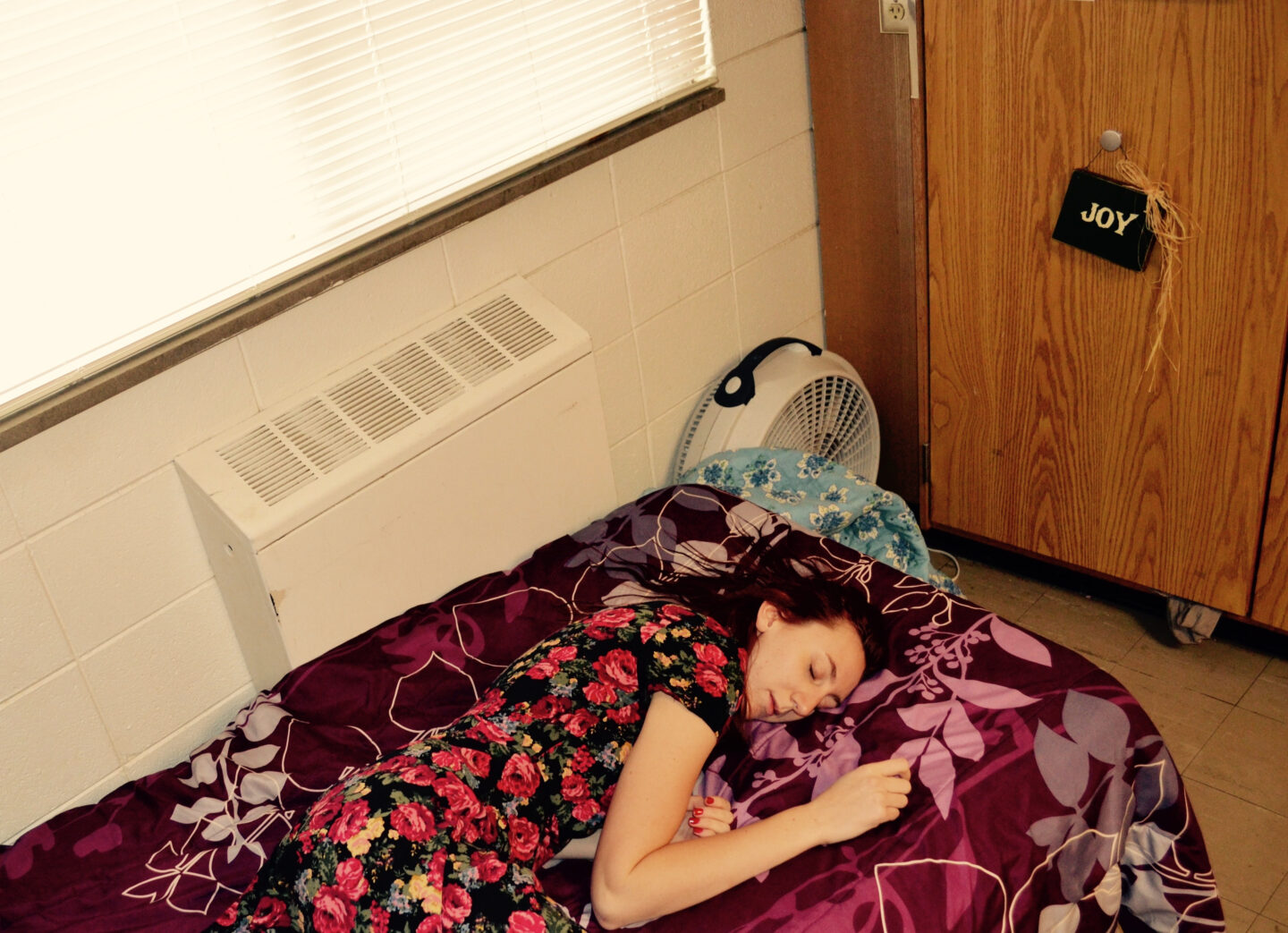
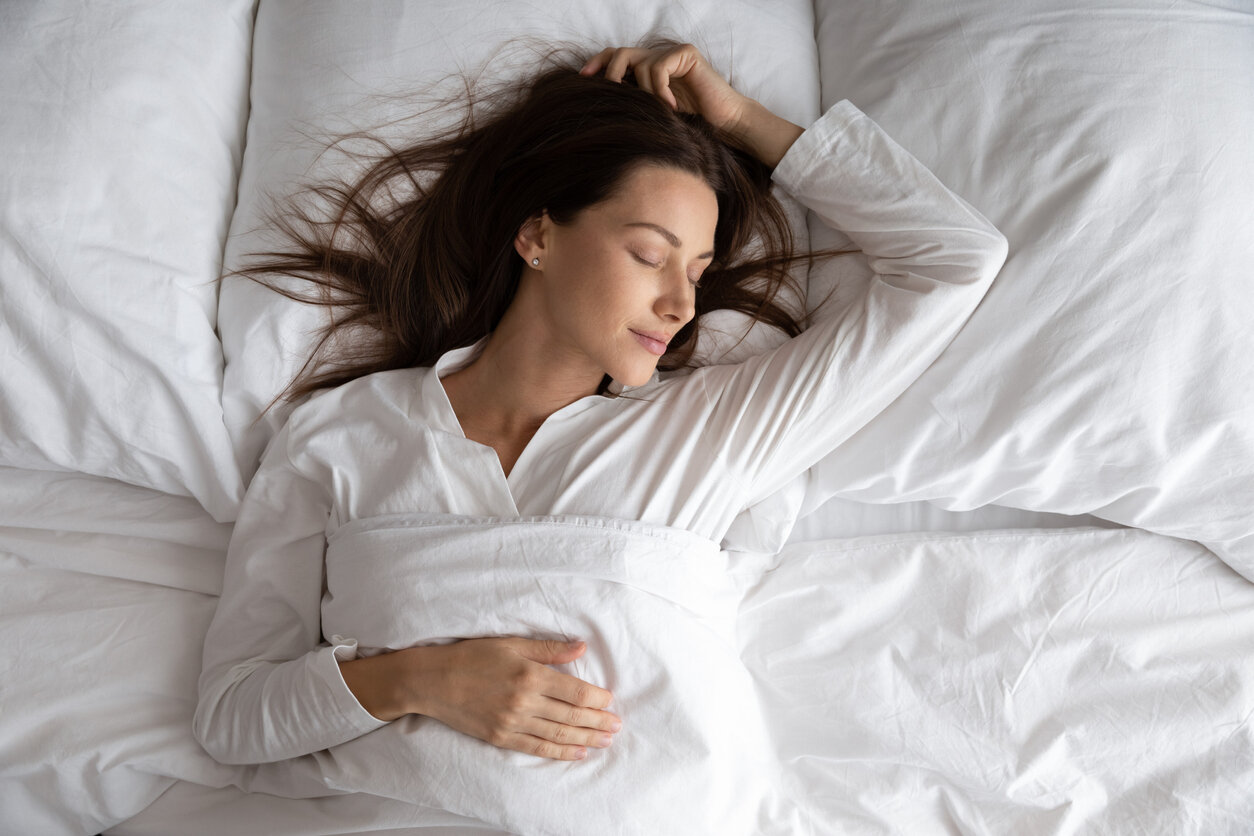
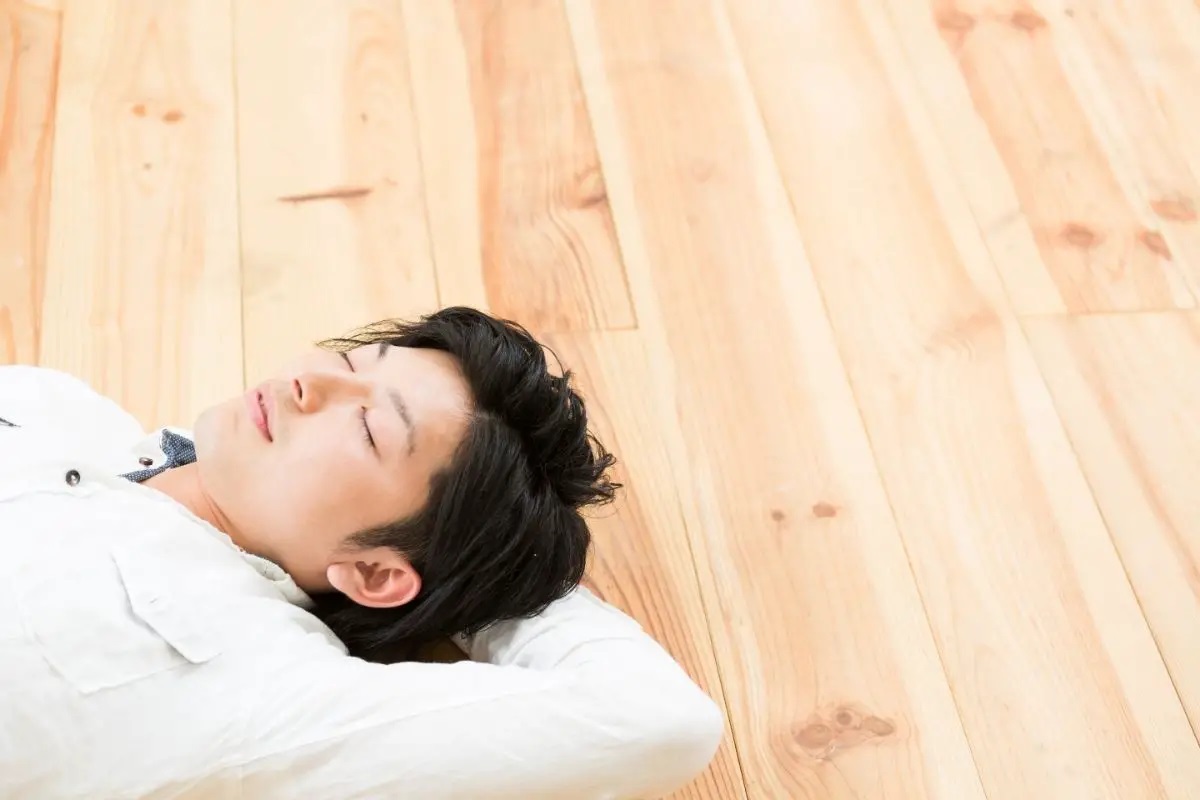
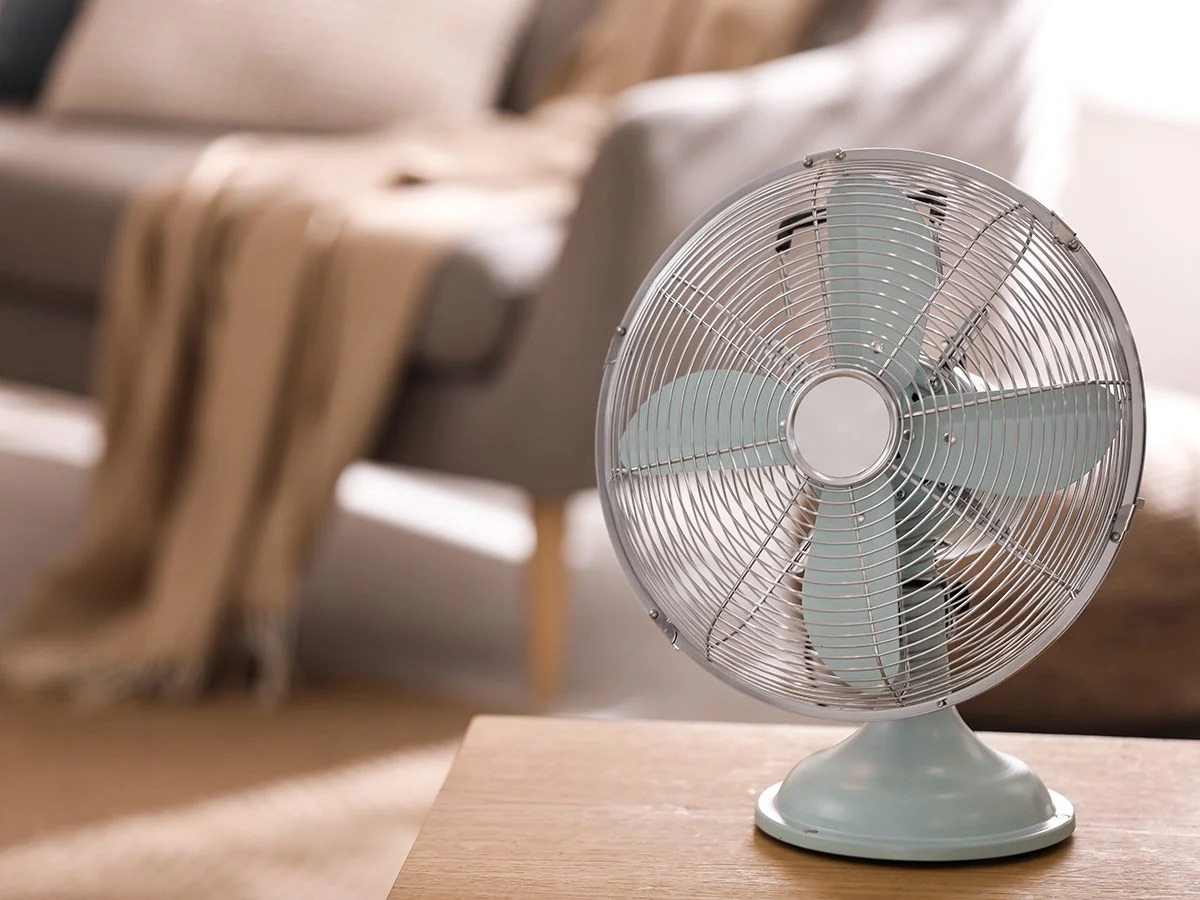

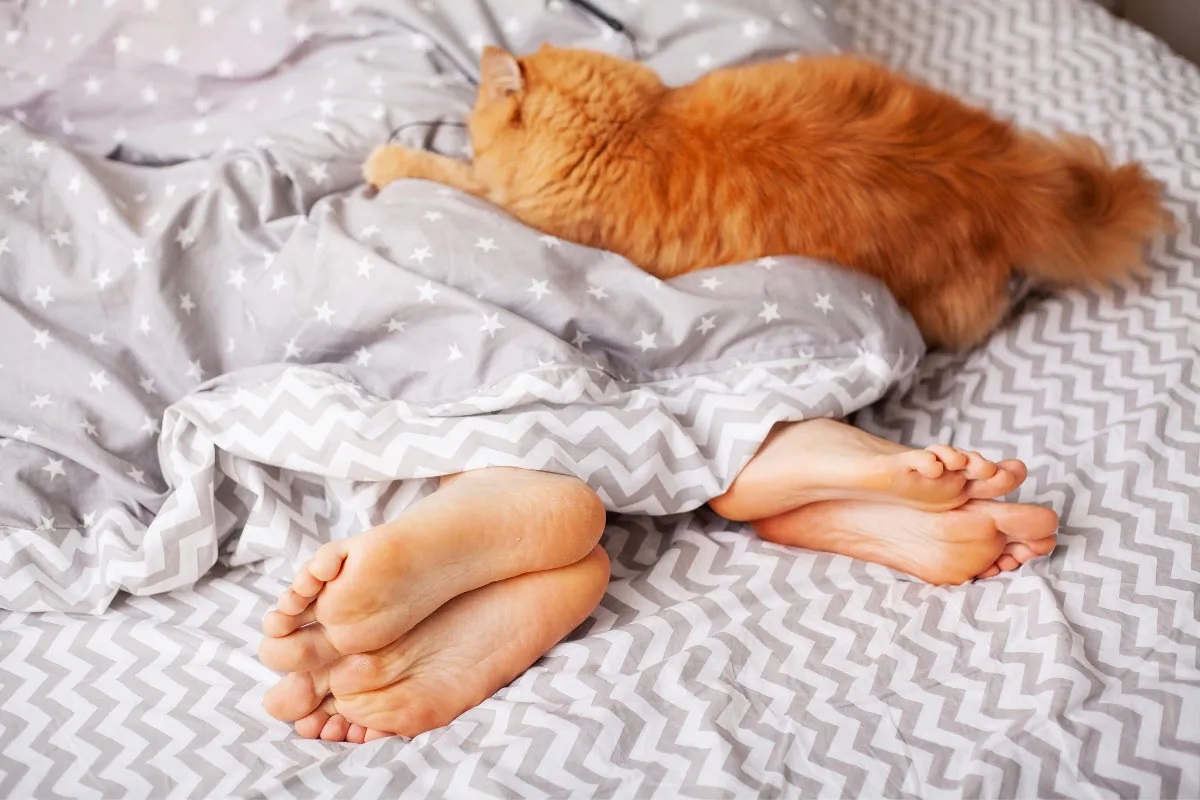
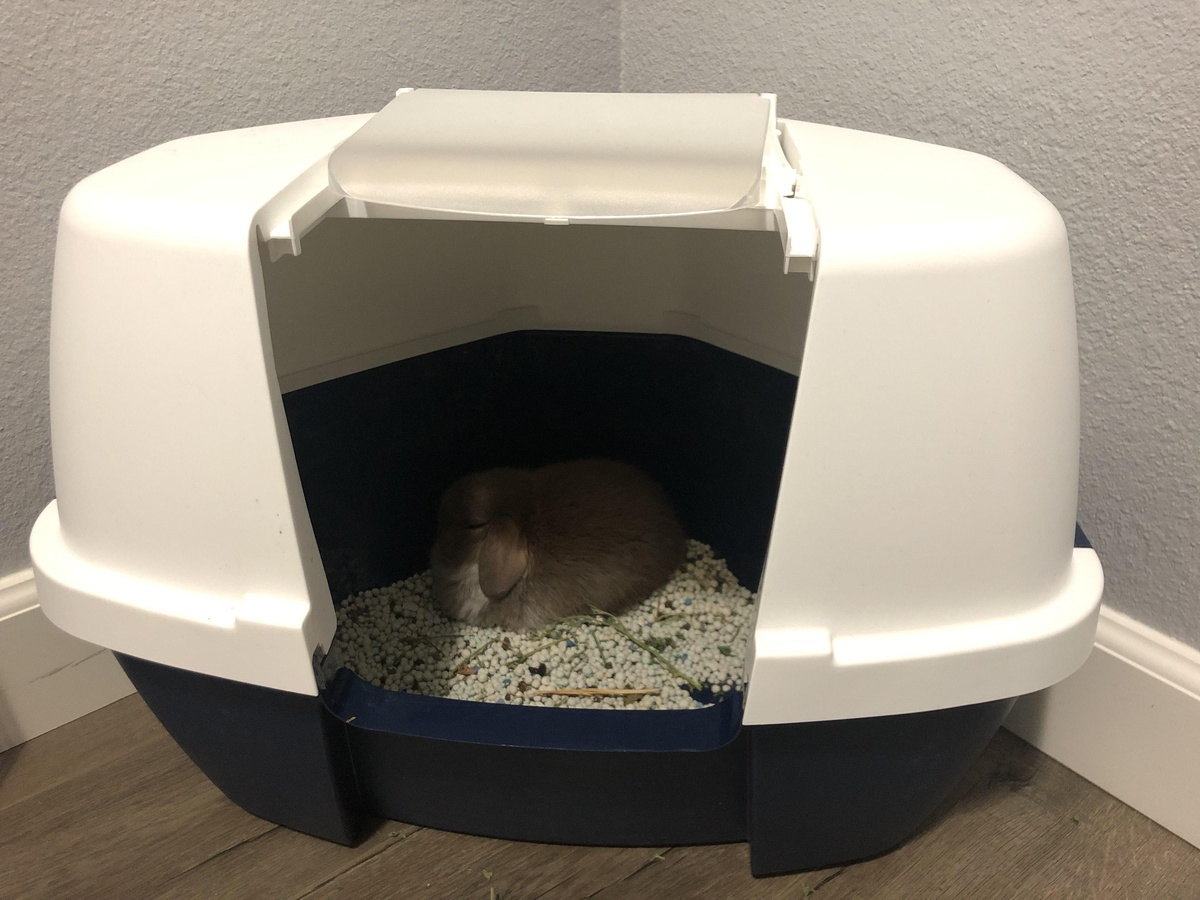
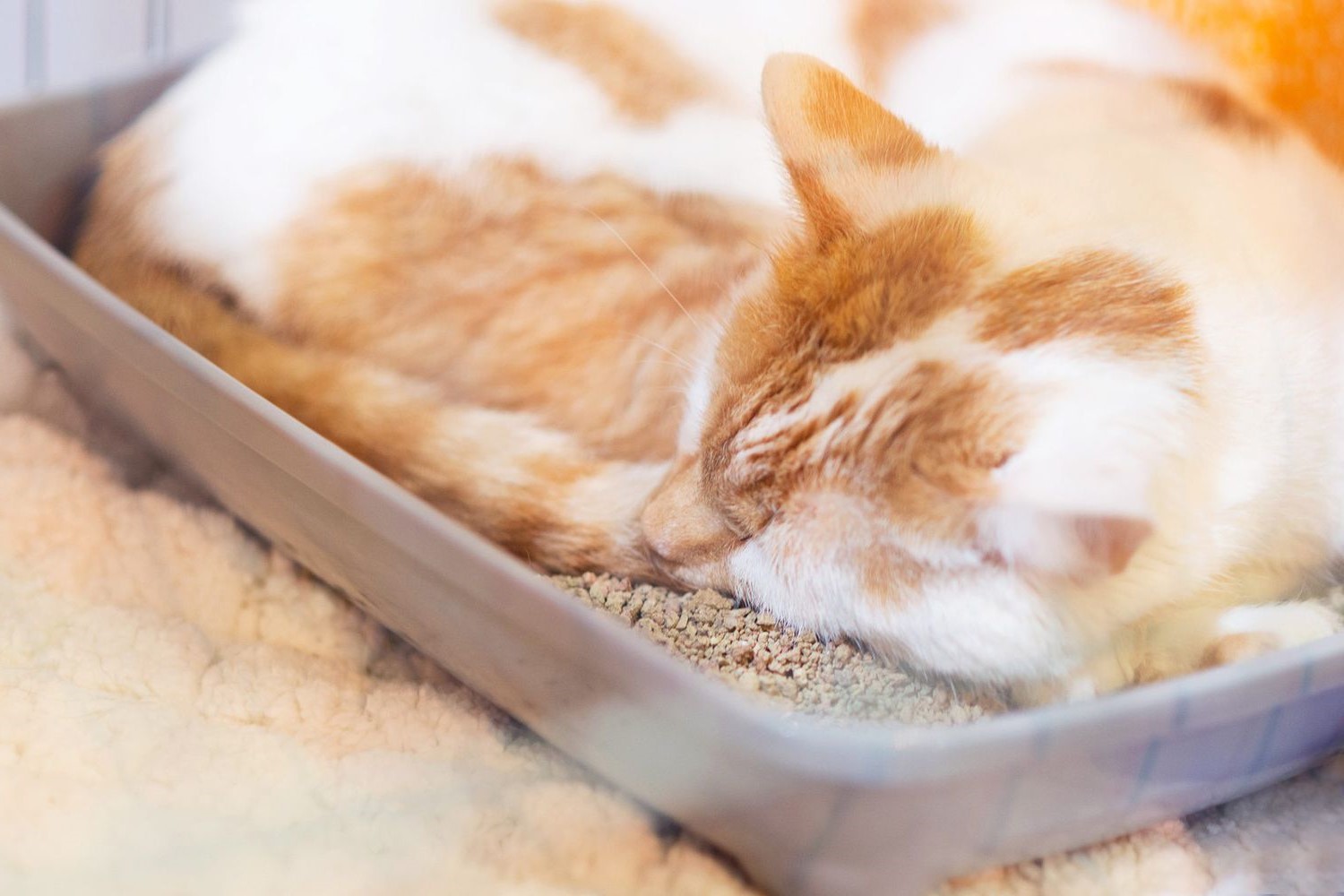
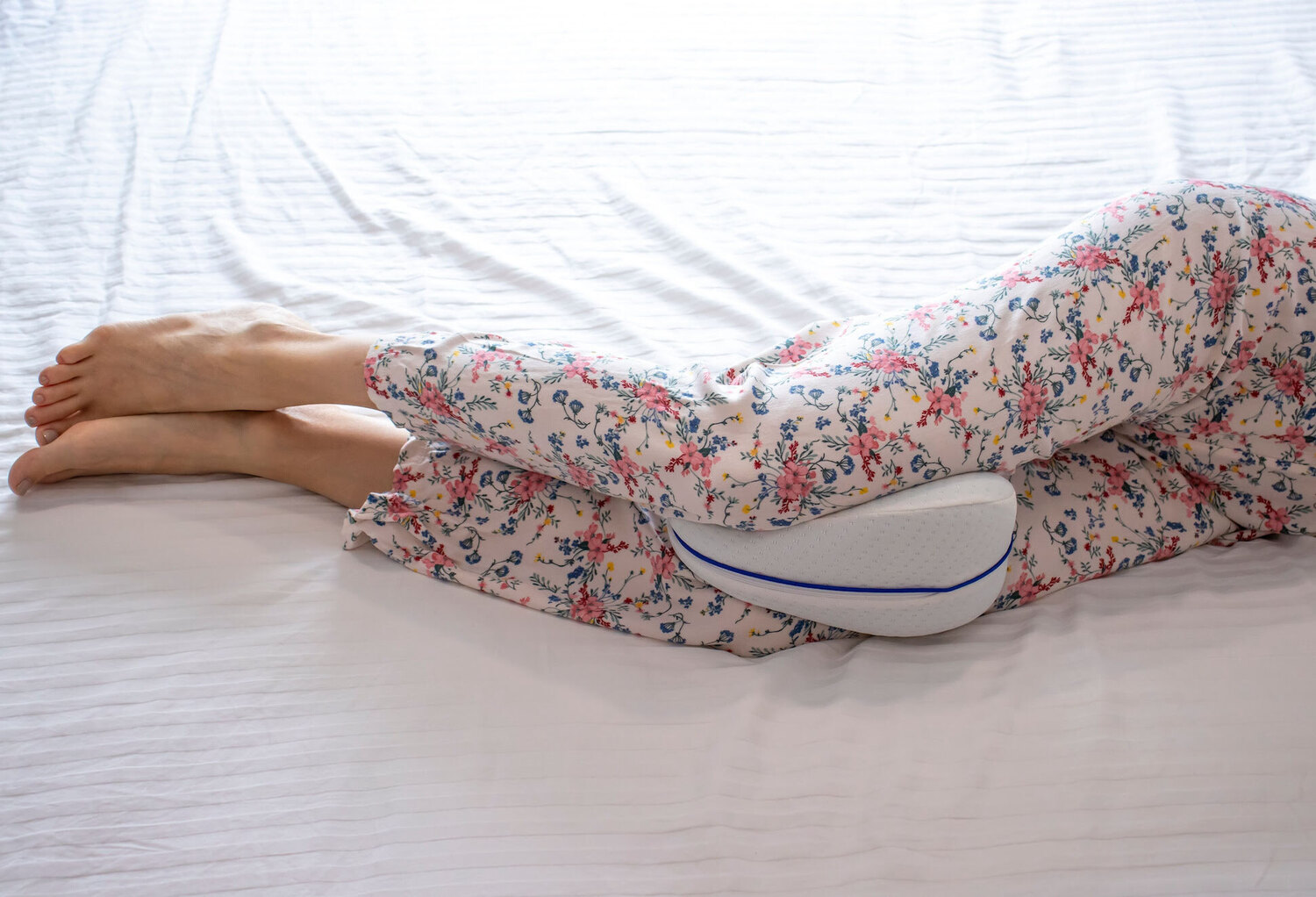
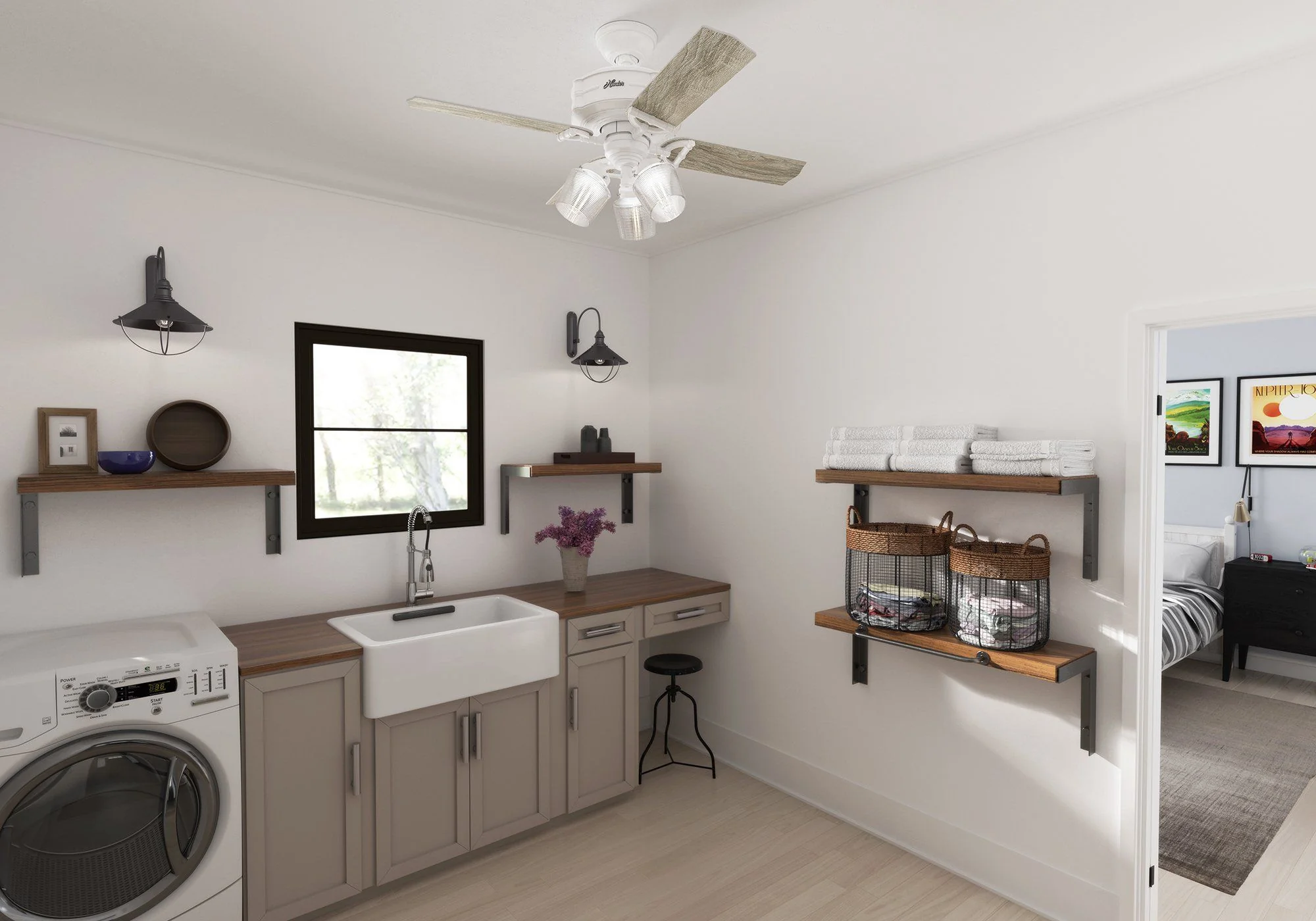
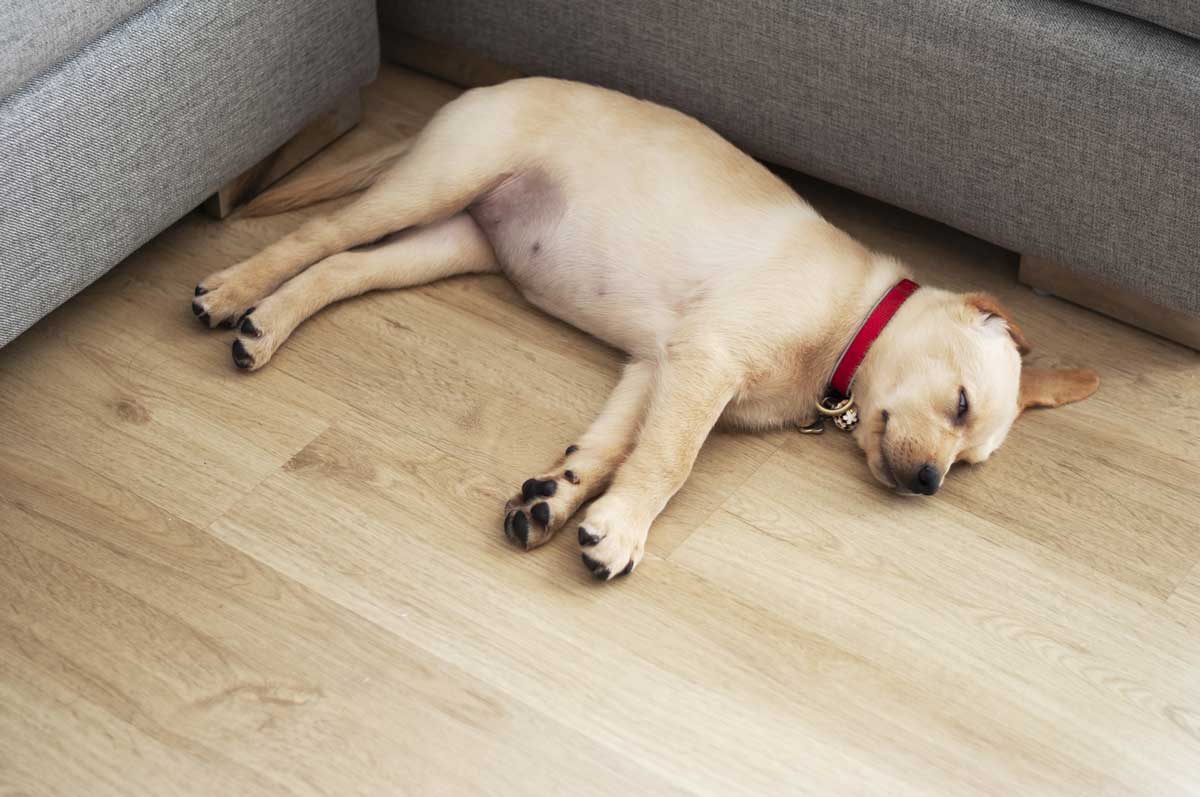
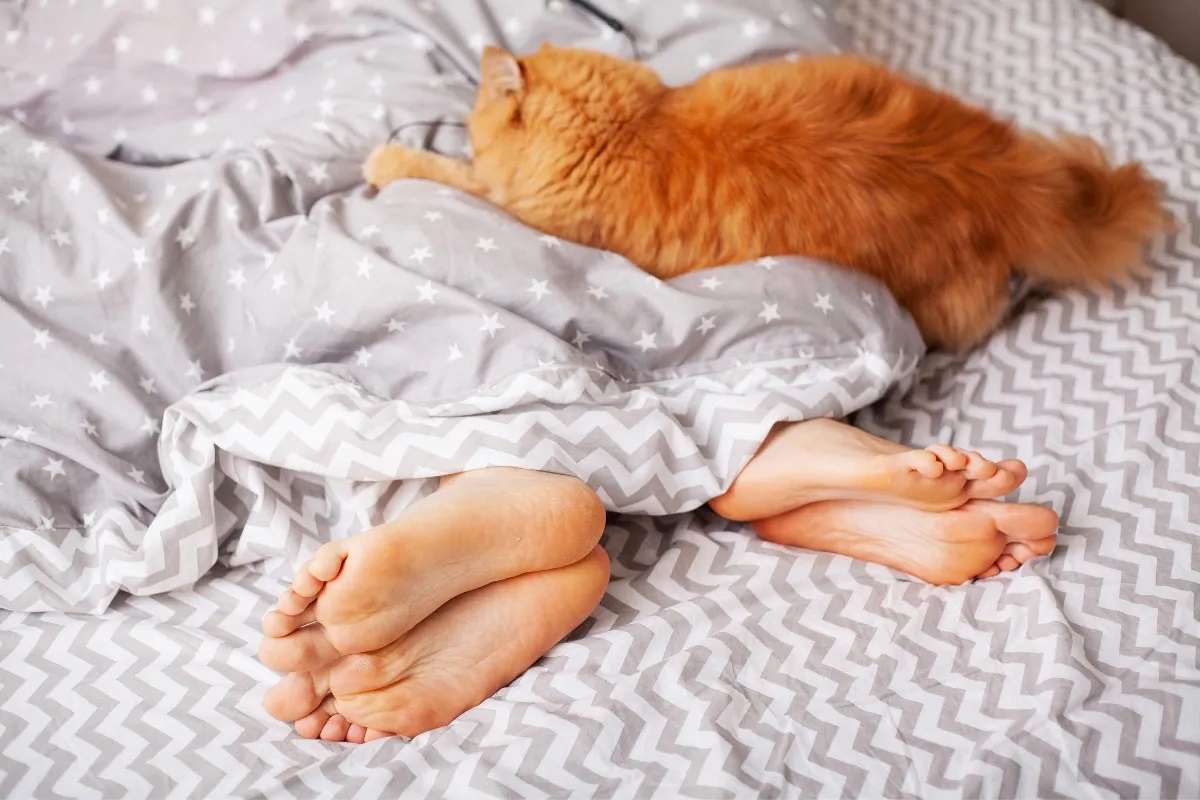
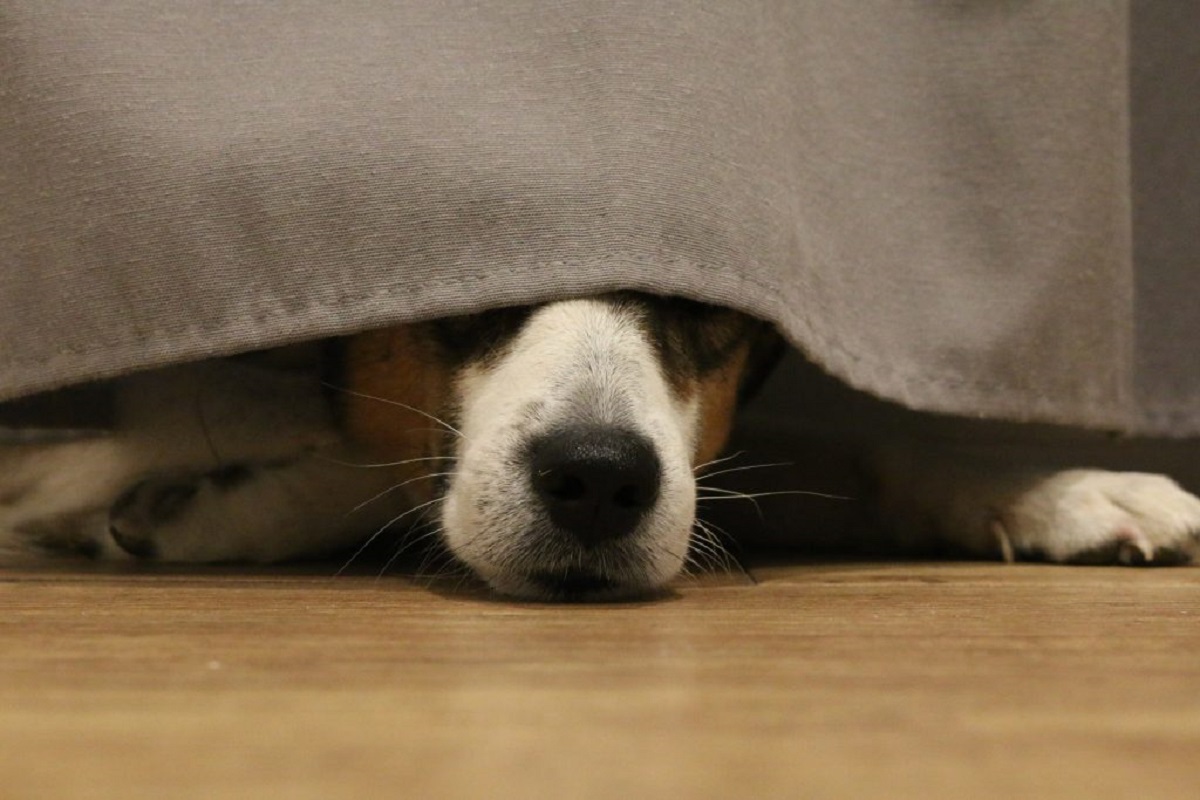


0 thoughts on “Why Can’t I Sleep Without A Fan”